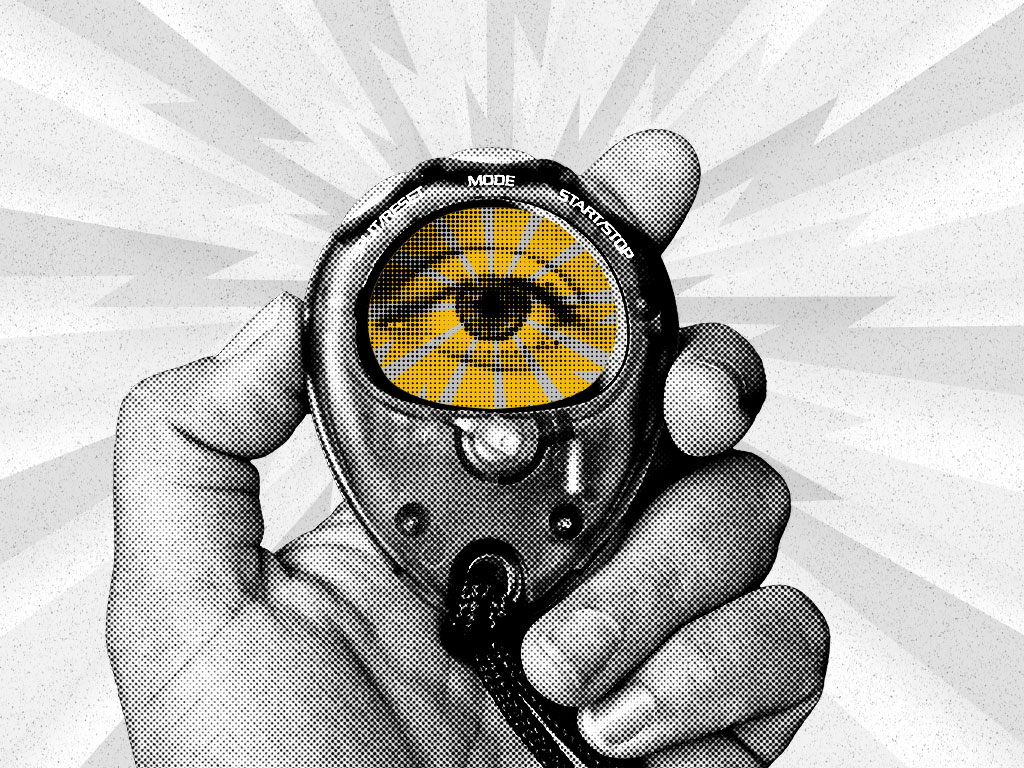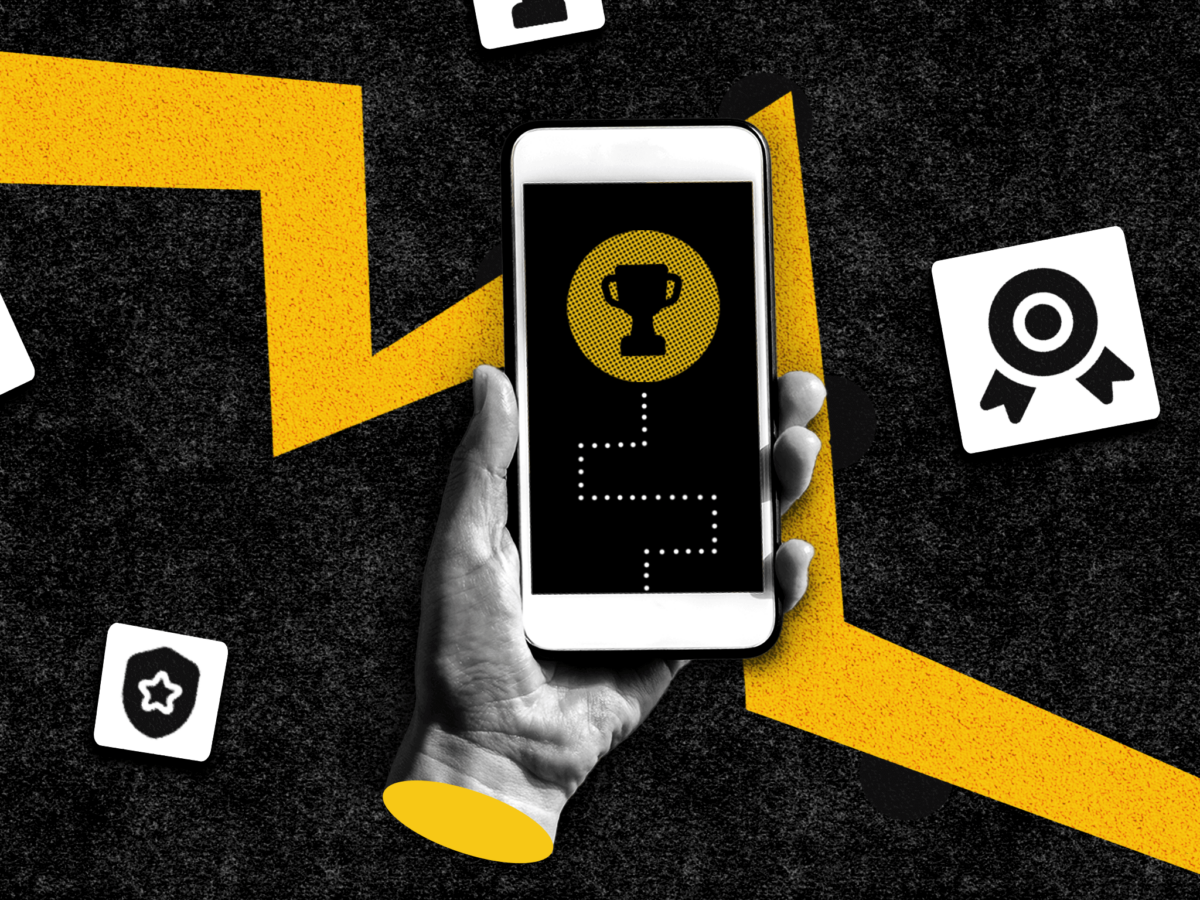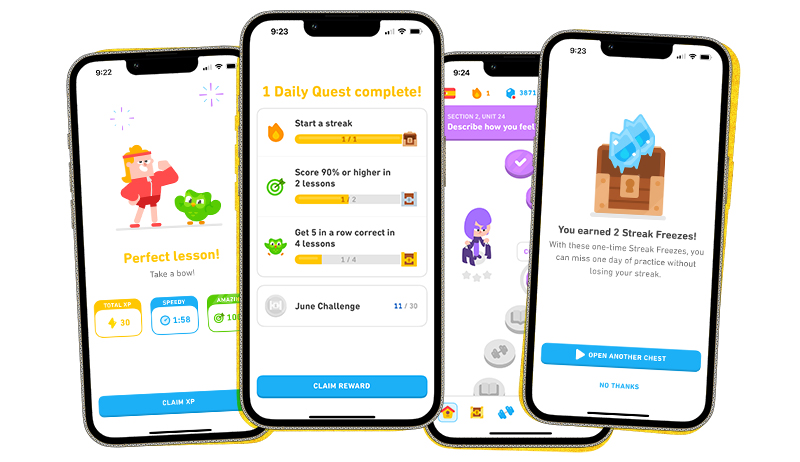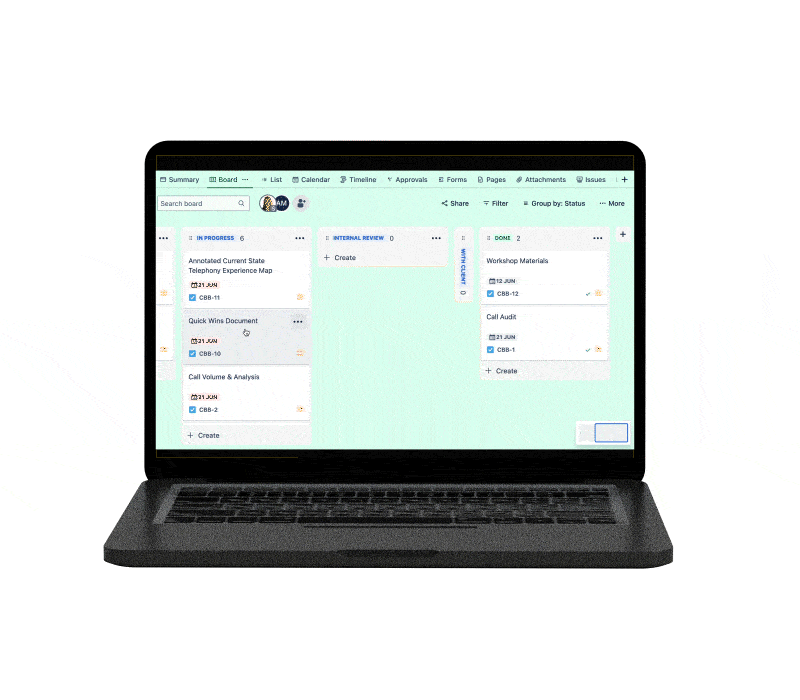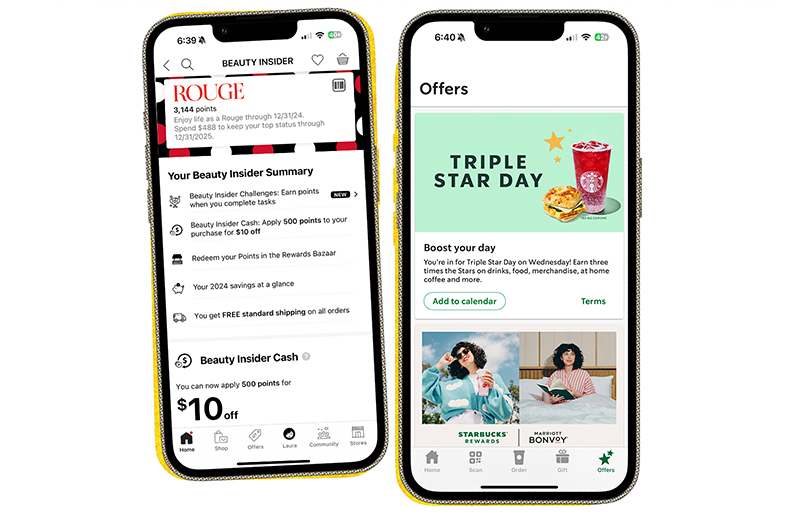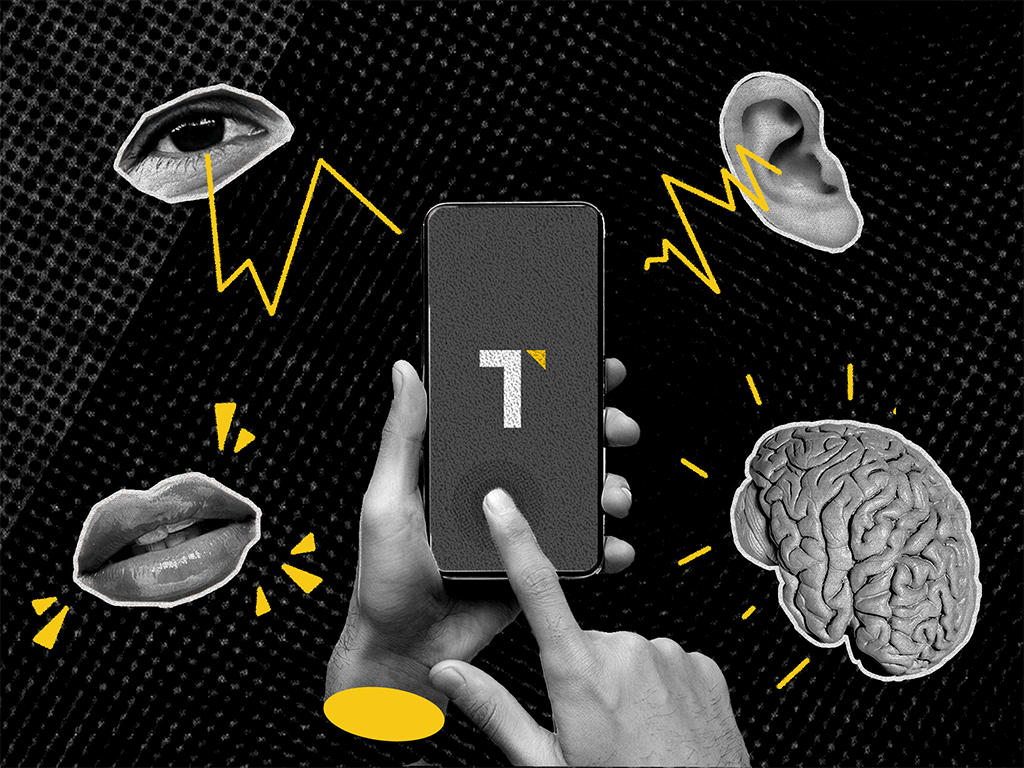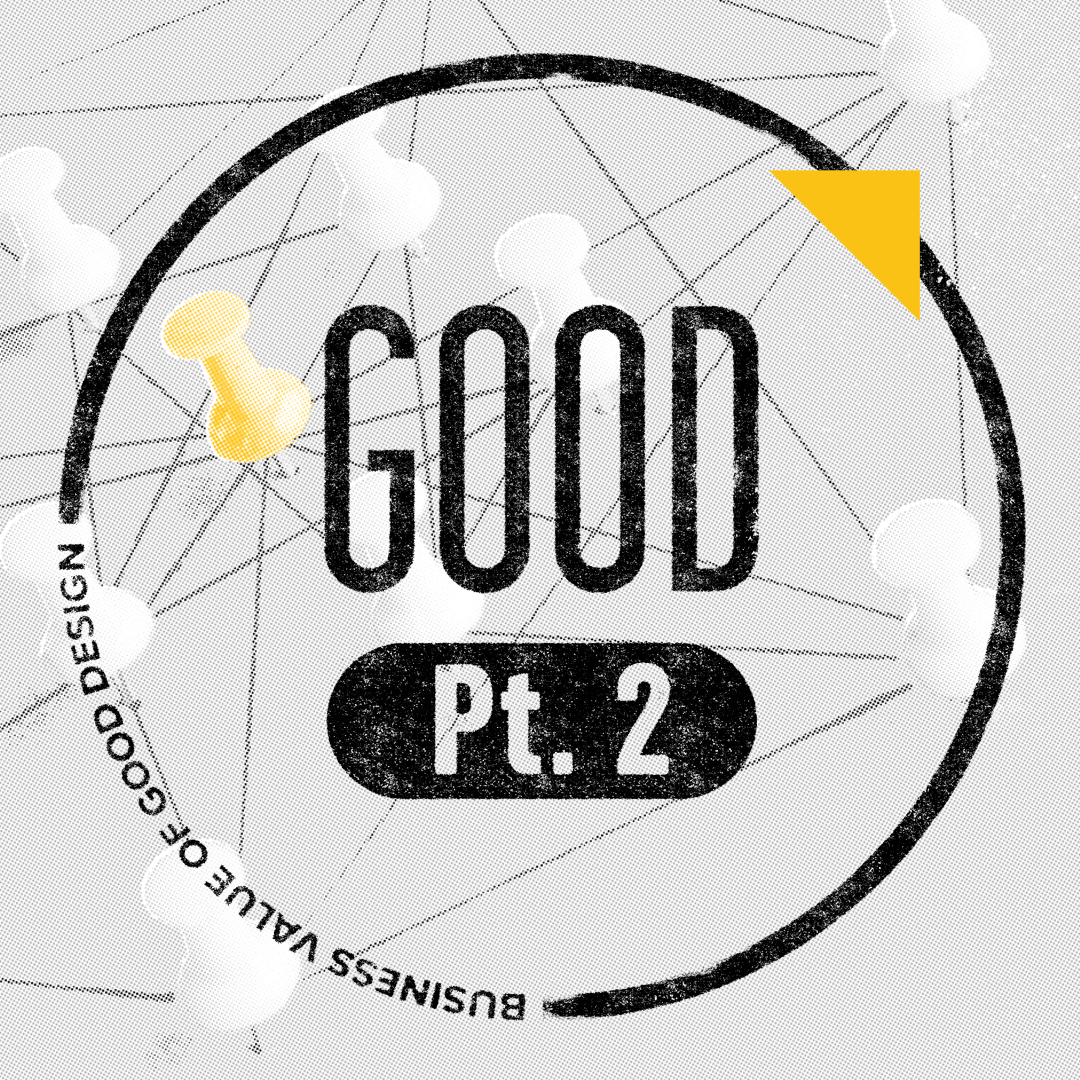First impressions happen fast—sometimes in as little as 50 milliseconds—and in the digital world, design is often the first thing users notice. But great design isn’t just about aesthetics; it’s about creating an emotional connection, telling a story, and leaving a lasting impression. A well-crafted design can establish trust, build credibility, and spark engagement, while a poor one can drive users away in seconds. In this blog, we’ll explore why first impressions in design matter so much and how tools like the 5 Second Test can help ensure your design communicates its primary message effectively and captures attention from the start.
Why first impressions matter
First impressions aren’t just fleeting moments—they set the stage for how users perceive and interact with a brand or product. Whether it’s a website, app, or digital ad, the initial experience can determine whether someone stays to learn more or clicks away. Here are the key reasons why these first moments matter so much:
Psychological impact: The role of cognitive bias in shaping user perceptions
Humans are wired to make snap judgments—it’s a survival instinct. In design, this instinct manifests through cognitive biases, such as the halo effect, where a positive first impression of one element (e.g., an attractive layout) influences perceptions of everything else (e.g., content credibility). Conversely, a cluttered or confusing design can elicit the opposite effect, leaving users skeptical or uninterested. Colors, spacing, typography, and imagery all play subtle yet powerful roles in shaping these immediate perceptions. Understanding these psychological cues allows designers to craft experiences that resonate emotionally and intellectually from the very first glance.
Trust and credibility: How design elements influence trustworthiness
Trust is a fragile matter, and design is often the first signal users rely on to determine if they’re in the right place. Clean layouts, professional typography, consistent branding, and high-quality imagery all contribute to a sense of reliability. In contrast, poor design choices—such as broken links, outdated visuals, or cluttered interfaces—can trigger doubt and hesitation. According to research from Stanford University, 75% of users judge a brand’s credibility based on its website design alone. Simply put, users are far more likely to engage with and trust a platform that looks polished, intentional, and user-friendly.
Engagement vs. abandonment: Consequences of a strong or weak first impression
In a digital space overflowing with options, users have little patience for confusion or frustration. A positive first impression draws people in, encourages them to explore, and increases the likelihood of conversions—whether that’s signing up for a newsletter, making a purchase, or reaching out for services. On the flip side, a weak first impression—caused by slow load times, cluttered visuals, or unclear calls to action—often leads to immediate abandonment. Studies show that 88% of online users are less likely to return to a site after a poor experience. In essence, a strong first impression isn’t just about aesthetics; it’s about setting the foundation for a meaningful and lasting interaction.
Key elements that shape design first impressions
First impressions in design are shaped by a combination of visual and functional elements that work together to captivate users, communicate a brand’s message, and meet user needs. Each of these elements plays a critical role in determining whether users stay engaged or bounce. Below are the key components that have the greatest influence on design first impressions:
Visual hierarchy: Guiding the user’s eye
Visual hierarchy refers to how elements are arranged on a page to direct a user’s focus. Through strategic use of size, color, contrast, and spacing, designers can highlight key information, like a call-to-action button or an important headline. A well-executed visual hierarchy ensures that users can quickly identify what’s most important without feeling overwhelmed or lost.
Pro tip: Make sure your most critical information is immediately visible and easy to digest within the first glance.
Color and typography: Setting the mood
Colors evoke emotions, and typography communicates tone. Together, they create a brand’s visual voice. Bright, bold colors can convey energy and excitement, while muted tones suggest sophistication and calmness. Typography complements this by ensuring readability while reflecting the brand’s personality. For example, sans-serif fonts feel modern and approachable, whereas serif fonts suggest tradition and reliability. Mismatched colors or hard-to-read fonts can disrupt the user experience and dilute the design’s impact.
Pro tip: Stick to a consistent color palette and choose fonts that align with your brand’s personality and readability standards.
Imagery and branding: Creating emotional connections
High-quality images, graphics, and icons can instantly communicate messages and emotions more effectively than words alone. Branding elements, such as logos and consistent design patterns, help build recognition and trust. When users see a cohesive design that feels intentional, they’re more likely to associate it with professionalism and credibility.
Pro tip: Establish a design system to drive a consistent experience across touchpoints.
Content clarity: Communicating the message instantly
Even the most stunning visuals can fall flat if the core message isn’t clear. Users should immediately understand what the product, service, or value proposition is within moments of landing on a page. Clear headlines, concise copy, and intuitive navigation all play a role in delivering that clarity.
Pro tip: Ask yourself: If a user only spends five seconds on this page, will they understand the primary message?
Load speed and technical performance: The silent first impression
Before users even see your design, the page must load—and it needs to do so quickly. Slow load times frustrate users and can result in immediate abandonment. Optimized images, efficient code, and reliable hosting all contribute to a seamless experience.
Pro tip: Use tools like Google PageSpeed Insights to ensure your pages load quickly and efficiently.
When these key elements align, they work together to create a cohesive and impactful experience. Each detail—no matter how small—plays a part in forming that all-important first impression, laying the foundation for trust, engagement, and lasting connections.
Introducing the 5 Second Test: A quick gauge of first impressions
In a world where users make snap judgments in seconds, understanding how effectively your design communicates its core message is crucial. That’s where the 5 Second Test comes in—a quick, powerful usability and UX testing method designed to evaluate a user’s initial reaction to a design.
What is the 5 Second Test?
The 5 Second Test is a usability testing technique where participants are shown a design—such as a website homepage, landing page, or ad—for just five seconds. Afterward, they’re asked questions to gauge their immediate impressions and key takeaways. Common questions include:
- What do you think this website is about?
- What stood out to you the most?
- Did you notice a call-to-action?
The goal is to measure whether the most important elements of the design are clear, memorable, and aligned with the intended message.
Why use the 5 Second Test?
The test serves as a reality check for how well your design performs under the constraints of limited time and attention. Key benefits include:
- Immediate feedback: Understand if your design is communicating its core message effectively.
- Spot weaknesses: Identify unclear messaging, poor visual hierarchy, or distractions.
- Optimize engagement: Refine design elements to better capture and maintain attention.
The simplicity and speed of the test make it an efficient way to gather actionable insights without requiring complex setups or lengthy surveys.
Use cases for the 5 Second Test
The 5 Second Test can be applied across various scenarios, including:
- Website homepages: Ensure users instantly understand the brand’s purpose and primary offering.
- Landing pages: Verify that key calls-to-action (e.g., “Sign Up” or “Buy Now”) are immediately noticeable.
- Ad designs: Check if the core message or value proposition stands out in display or social ads.
- App interfaces: Assess whether users can quickly grasp the app’s functionality and purpose.
Whether you’re launching a new product, redesigning a website, or fine-tuning an ad campaign, the 5 Second Test helps validate your design decisions through real user feedback.
In short, the 5 Second Test acts as a spotlight, highlighting whether your design delivers clarity, focus, and impact—all within the brief moment you have to capture a user’s attention.
Great design isn’t just about aesthetics—it’s about creating experiences that resonate. First impressions influence trust, credibility, and engagement in seconds. When done right, design goes beyond aesthetics to tell a story, evoke emotion, and leave a lasting impact that builds loyalty and recognition. Whether it’s through intuitive navigation, clear messaging, or visually striking elements, every design choice contributes to how users perceive and connect with a brand. By understanding the psychology behind first impressions and leveraging tools like the 5 Second Test, businesses can ensure their designs don’t just capture attention—they hold it. In a world where every second counts, great design isn’t optional; it’s essential.At Tallwave, our team of expert digital experience designers knows all about great design. Ready to elevate your digital design and leave a lasting first impression? Let’s talk.

